We explain what the cell is, its discovery and how it is classified. Also, what are its general features, functions and more.
What is the Cell?
The cell is the minimum form of organization of known life , that is, there is no living organism smaller than the cell ( viruses are smaller, but there is discrepancy regarding their origin and whether they are or are not). not "living" beings). They all meet the requirements of nutrition, relationship and reproduction of themselves.
According to the cell theory proposed in different measures by scientists of the 17th, 18th, 19th and 20th centuries, but accepted as true since 1838, all living beings in the world are made up of cells , organized at different levels of structural and functional complexity.
The discovery of the cell is considered the first great step in the modern study of life , since it allowed us to understand the complexity of the body of living beings and laid the foundations for numerous sciences to come.
Discovery of the cell
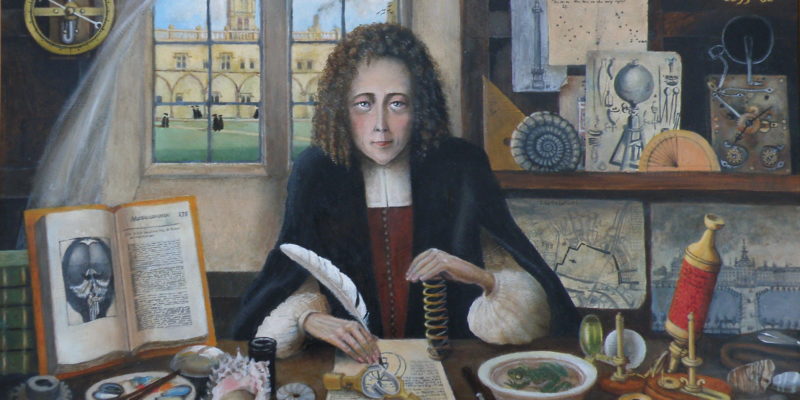
The discovery of cells was given by the advancement of optics and the invention of the microscope , which allowed us to explore the reality of things imperceptible to the naked eye.
In 1665, the scientist Robert Hooke published the first observations of plant tissues such as cork, thanks to microscopes with moderate magnification (50 times) invented by himself.
It was Hooke who coined the term "cell" (from the Latin celulae : "cells"), due to the similar shape to the cells of a honeycomb that they had.
Types of Living Things
Based on the study of the cell, it was possible to distinguish between two forms of living beings : unicellular or simple, and multicellular or complex.
- Unicellular. Your body is made up of a single cell, which performs all the functions of a living being.
- Multicellular. They have bodies made up of abundant cells, organized into tissues and that perform specific functions that, together, keep the individual alive and allow it to grow and reproduce. They are not colonies of cells, but organisms made up of many cells.
Cell Function
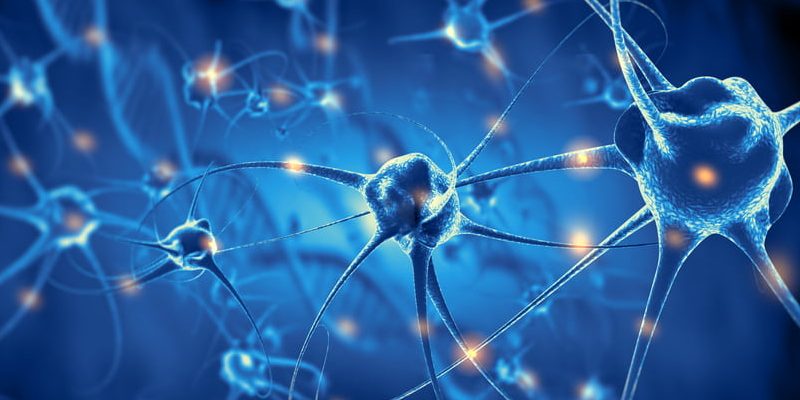
Cell functions may include the following:
- Structural functions. Like fat , muscle , and bone, which are supporting tissues for the body and its organs.
- secretory functions. That is, the production of substances necessary for life and their self-regulation, such as the cells of the mucous membranes or glands.
- metabolic functions. of energy management . They are responsible for breaking down nutrients or transporting them around the body, such as digestive cells or red blood cells, which carry oxygen in the blood .
- defensive functions. Since they serve to cleanse the body and defend it from external agents and diseases, such as white blood cells.
- Control functions. Like the neurons , which allow the body to be coordinated and its parts to be articulated in an orderly manner, transporting information and generating specific reactions.
- reproductive functions. They serve to combine with others from a different organism and produce a new individual that has a genetic mixture of the two, as in the case of ovules and sperm.
Cellular tissues
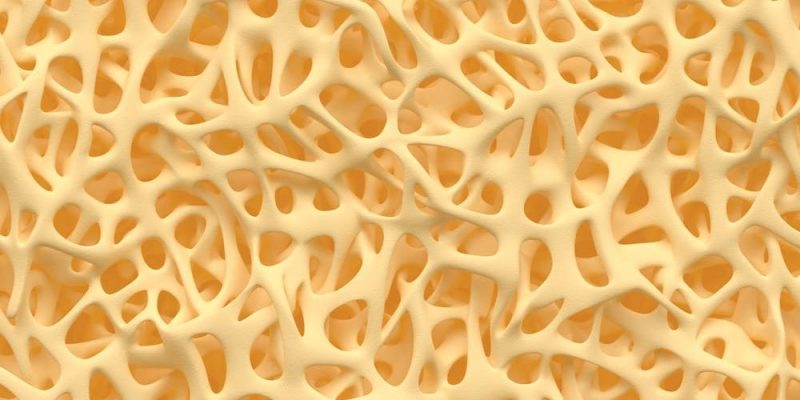
The cells in multicellular organisms do not operate independently , but jointly and coordinated, and for this they sacrifice some vital functions in favor of an important specificity.
Thus, there are muscular tissues (muscles), adipose tissues (fats), bone tissues (bones), etc.
Cell parts
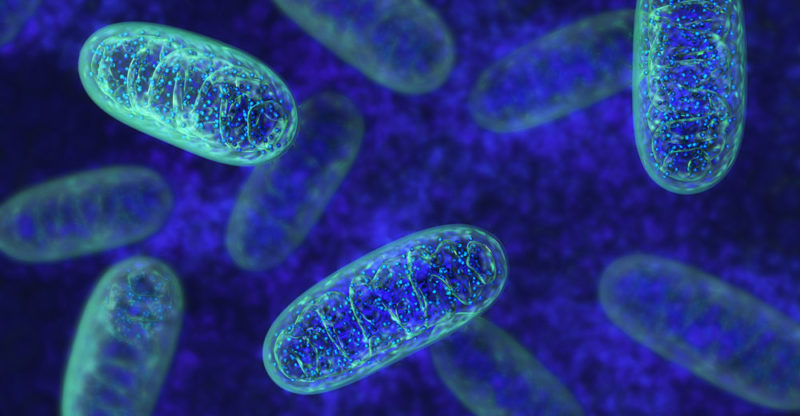
Cells have different parts, as well as organelles that operate inside them like organs inside the human body . Some of these parts are:
- Plasma membrane . The cells have a membrane that delimits them and distinguishes them from the outside, which has the property of allowing the entry and exit of substances at convenience. Thus, the cell can let in nutrients and excrete waste or residue.
- Cellular wall. Some types of cells ( plants and fungi ) have, in addition to their membrane, a cell wall that gives them rigidity and resistance, made of resistant substances such as polymers and sugars .
- core . Not all cells have a nucleus, but those that do, concentrate all their genetic material (DNA) in it. It is surrounded by a nuclear membrane.
- cytoplasm . The interior of the cell is called cytoplasm, and it is made up of water and other structural substances that allow it to be sectored and divided, in addition to making room for the organelles.
- organelles. The different “organs” of the cell, which fulfill specific roles. Some are:
- mitochondria Responsible for managing the energy of the cell.
- lysosomes . Responsible for the processes of digestion and utilization of nutrients.
- Chloroplasts. Exclusive to plants, they have the chlorophyll necessary for photosynthesis processes.
- Ribosomes . They are responsible for the synthesis of proteins essential for the functions of growth and reproduction of the cell.
- Flagella. Some cells possess organelles intended to propel them into the environment , called flagella. They are typical of unicellular beings and mobile cells such as sperm.
- Rough endoplasmic reticulum (RER). Protein synthesis.
- Smooth endoplasmic reticulum (SER). synthesize lipids.
- Golgi apparatus . It is vital in the synthesis of many of the cell's proteins and lipids and functions as a packaging plant: it synthesizes, packages and distributes the substances generated by the cell to their respective destinations in the cytoplasm.
Cell Types
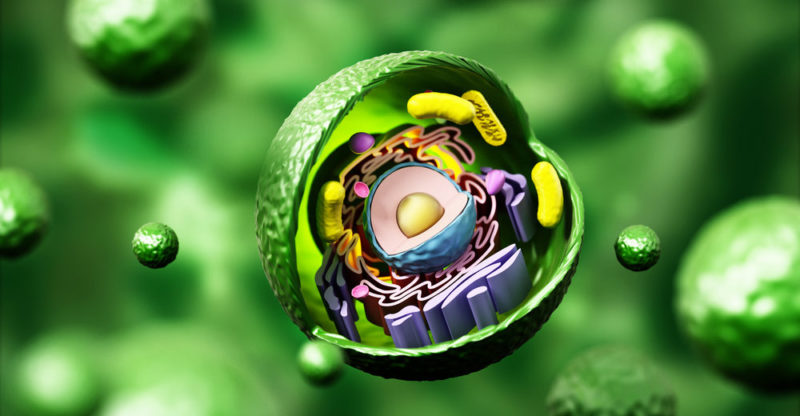 There are so many cell types, too many to list them all. However, the most important cell classifications are as follows:
There are so many cell types, too many to list them all. However, the most important cell classifications are as follows:
- according to its core. This is a fundamental and very important distinction in the history of evolution, since it distinguishes two great super-kingdoms or domains of living beings, which are:
- Prokaryotes . Those cells devoid of a nucleus, whose genetic material is dispersed in the cytoplasm. They are almost always simple unicellular organisms.
- Eukaryotes . Those cells that have a defined nucleus where their DNA is. They are a step ahead of prokaryotes in evolutionary matters, and allow a greater range of specificity and complexity of life.
- according to his kingdom. Traditionally this distinction between the types of known life distinguished only two classes, but today it is known that there are many more. It is commonly spoken of:
- Plant cells . Belonging to plants and photosynthetic beings.
- animal cells. Belonging to animals that breathe oxygen and move in space at will.
- Fungal cells. Belonging to molds and fungi of the fungi kingdom .
Cell size
The size of the cells can be very varied , depending on the functions they perform and the degree of complexity they possess.Some may be practically visible to the naked eye , while others may not. Their average size is estimated to be around 10 µm (micrometers).
Cell reproduction
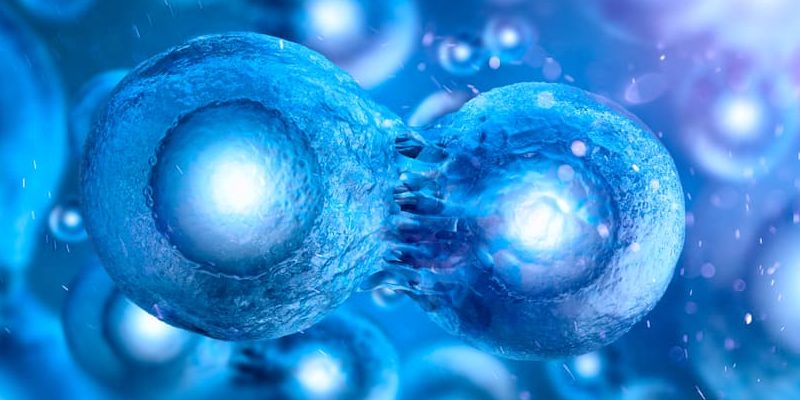 The reproduction of cells can be of two types:
The reproduction of cells can be of two types:
- Sexual. It involves the exchange of genetic material from two cells to create a new one with half of each other's DNA.
- Asexual. One cell divides without the participation of another, into two genetically identical cells.
It can help you: Sexual and asexual reproduction .
Importance of the cell
The cell is the minimum unit of life endowed with reproductive capacity and autonomy . This means that it is the fundamental, primordial portion of all known life and that without it, it would not have arisen as we know it.
Acellular life
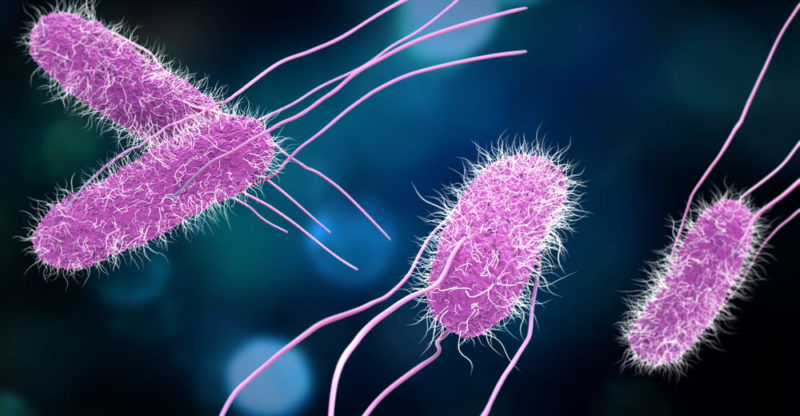
There are life forms without cells, but they are few. Viruses, prions, and other simple life forms are usually pathogenic (disease-causing).
There are debates in the scientific community regarding the origin of these beings, since some propose that they are de-evolved cells and others maintain that they are forms of life prior to this.
The above content published at Collaborative Research Group is for informational and educational purposes only and has been developed by referring to reliable sources and recommendations from technology experts. We do not have any contact with official entities nor do we intend to replace the information that they emit.
Passionate about understanding and contributing to a world that does not stop changing. New forms of Work, Sustainability and Technology. For many years he has worked as a creative for large international companies. He has a Ph.D. in information technology and he has been doing quantitative research in the interdisciplinary areas of information systems, cyber security, data analytics and artificial intelligence. He continue to look for creative solutions through technology to help companies to be more humane and sustainable..
Leave a reply
Your email address will not be published. Required fields are marked *Recent post

Sport: What Is It, Types, Risks, Features, Characteristics and Examples

Dogs: Emergence, Features, Characteristics, Feeding and Breeds

Story: Definition, Elements, Structure, Features and Characteristics

